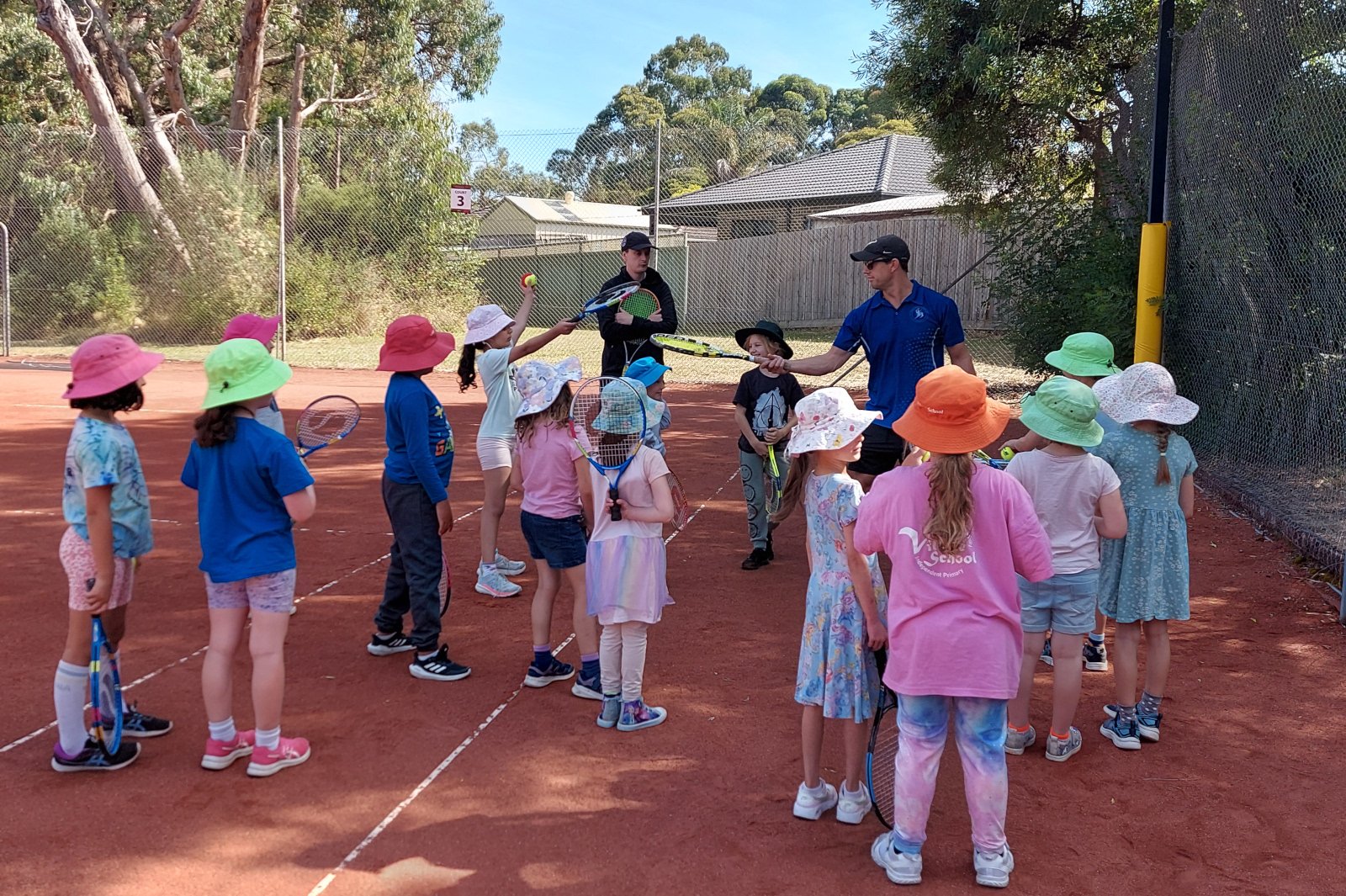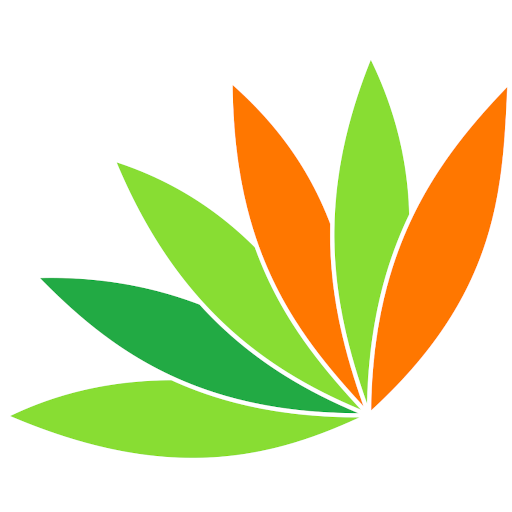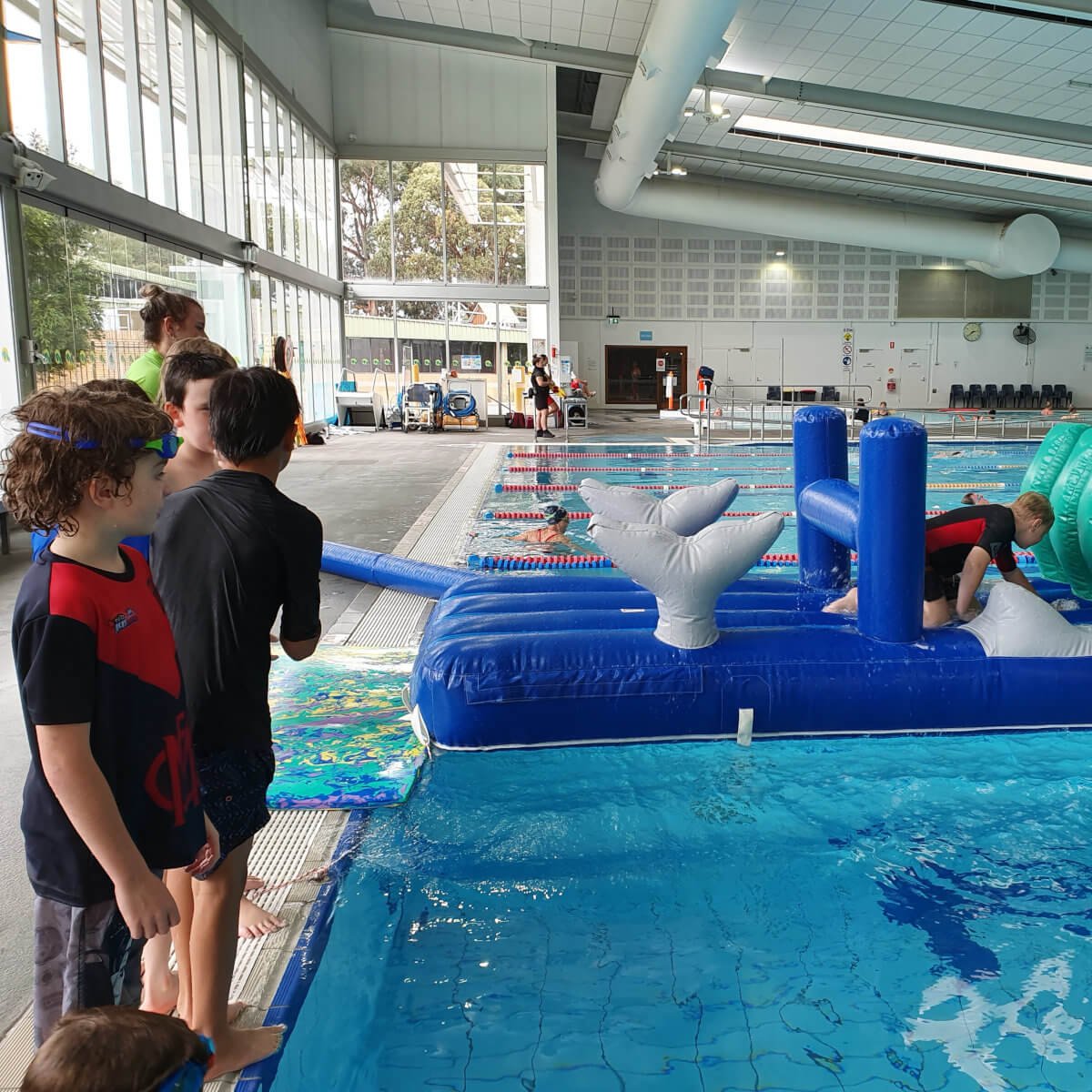
Health and Physical Education
We include a range of experiences to help students appreciate and apply their skills at school and at home, to create health and well-being.
In our increasingly complex and sedentary world, students need the ability to evaluate information and take action to protect and enhance the well-being, safety and health of themselves and those around them.
-
Students develop an understanding of their bodies and how they change as they grow, explore the effects of emotions on others and recognise the role that identities play. They analyse health messages and make decisions on the best ways to stay healthy, including movement, relationships and managing emotions.
-
Children understand rules and fair play, learn ways to work cooperatively and ask for help when they need it and apply strategies to stay healthy, active and safe in a range of environments. Students learn a variety of movement skills, can follow and perform movement sequences and are able to combine and apply knowledge to solve movement challenges.
General capabilities
The study of health and physical movement helps to refine students’ abilities in other curriculum areas.
Reading, understanding and presenting health information
Recording data on health and movement; counting and scorekeeping
Researching health information using ICT resources
Evaluating health advice and making decisions about the best options
Working collaboratively in teams and learning to manage their own health
Understanding the consequences of different health and movement choices
Appreciating the differences in health and movement between cultures
Health and physical education at Village School
We bring health to life in a variety of ways at Village School, ensuring that it stays meaningful and relevant to students while recognising that the learning process is just as important as the outcome. Physical Education provides the opportunity to take risks and achieve personal challenges while at the same time focusing on cooperative behaviour. Most importantly, it is a source of enjoyment and personal fulfilment.
Our integrated approach to health and physical education is evident in many of our learning activities, and our flexible educational style allows us to adapt specific tasks to accommodate individual student’s talents and passions.
Health is not taught as an individual subject but is addressed through broader themes.
For example:
A theme on Growth teaches the children about what helps them grow a healthy body.
The theme “My Product Rules” talks about the ingredients in foods, the percentages of the different ingredients and the ensuing discussions about food additives.
A theme about Colour looks at the way the new food pyramid is divided into green, yellow and red foods.
We take advantage of other learning activities – such as the school performance and our school farm chores – to incorporate movement and an appreciation of health into our daily school lives. Teachers also incorporate movement breaks during work times, either indoors or out.
The gardening program includes planting healthy choices and then cooking them, as a way of promoting healthy living. The bush tucker garden also teaches the children about traditional indigenous foods and medicines.
We offer specialist programs and activities to reinforce the key concepts of health and movement, including our weekly sports program, cooking activities, our school camps and our diverse outdoor playground.
Examples of health and physical education activities
Our students develop an appreciation of health and physical education by engaging in fun, practical activities, like the ones below.
-
The “My Body” theme combined measurement with exercise as the children went through a series of physical challenges and kept data on their progress.
-
A theme on food reinforced healthy eating as they explored the food rainbow and created healthy dishes for the children to cook. Students learnt about kilojoules and the various food groups. And we also discovered food art on the internet and staged our own exhibition.
-
Another body theme had each child assigned to a different part of the body, e.g. respiratory system, circulation system etc. They produced models of their body parts and gave a talk about its use. We also involved drama with the circulation system, enacting the roles of the red and white blood cells and also the four-chambered heart and the platelets..




